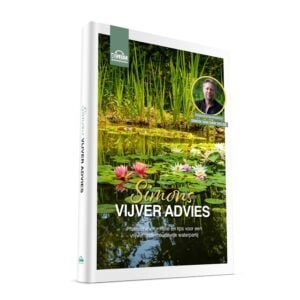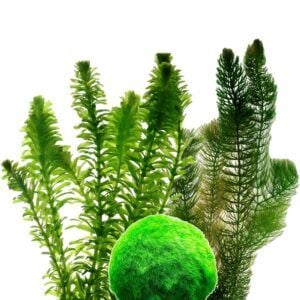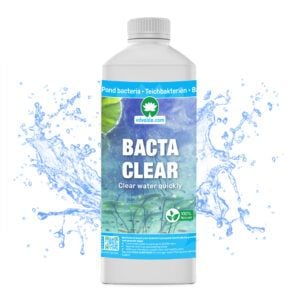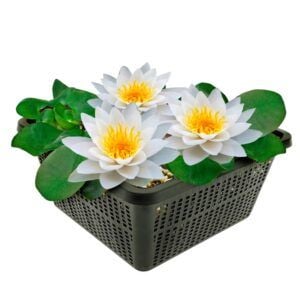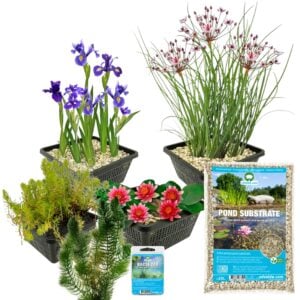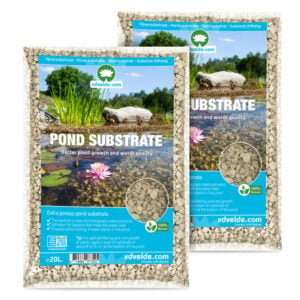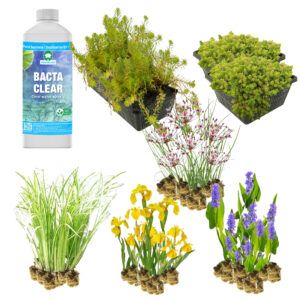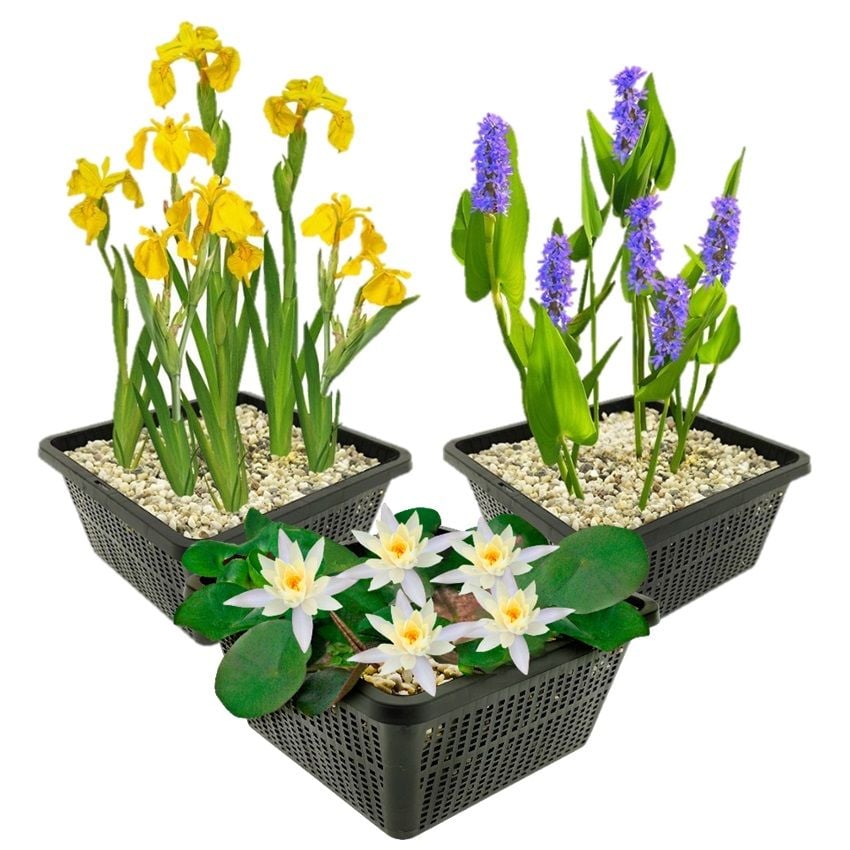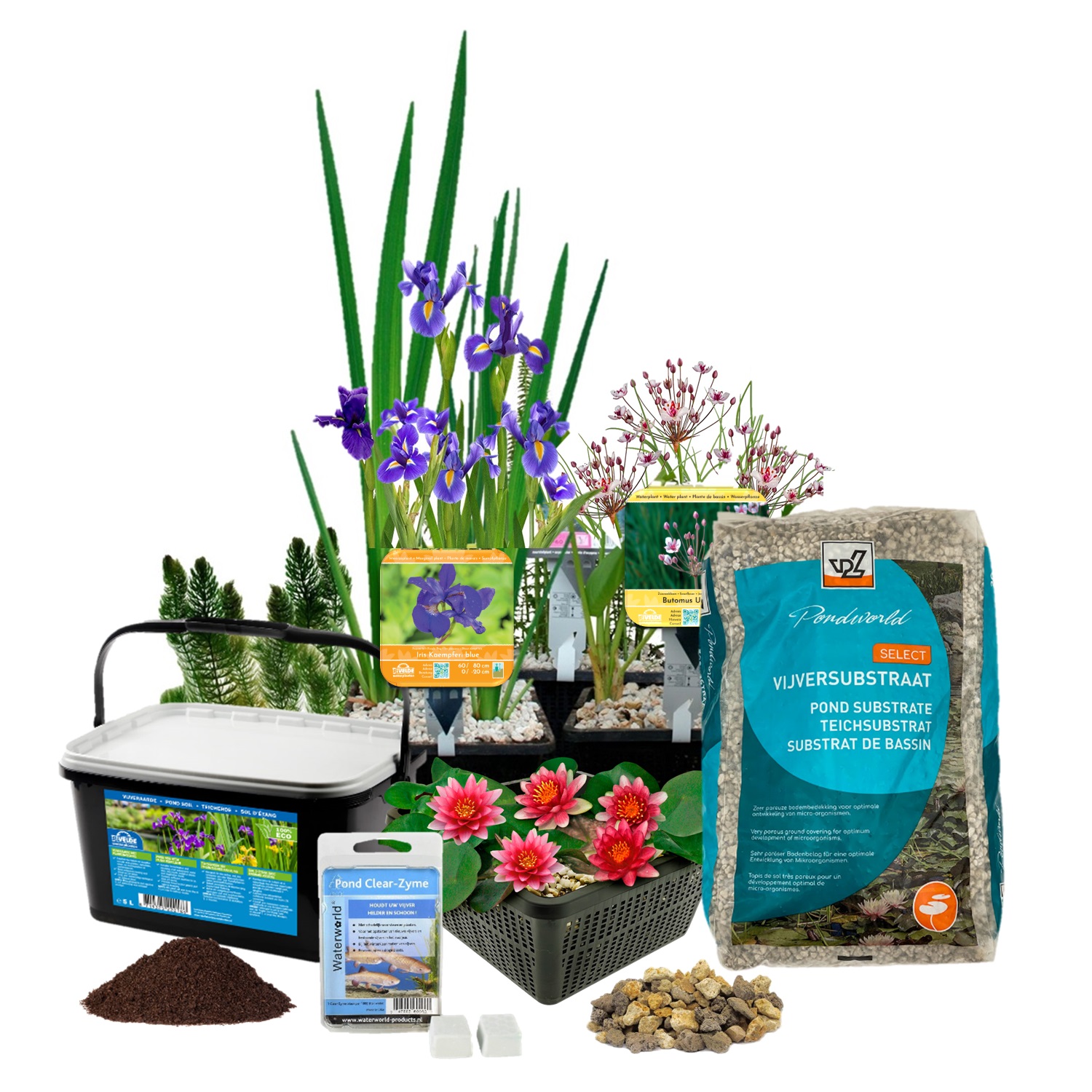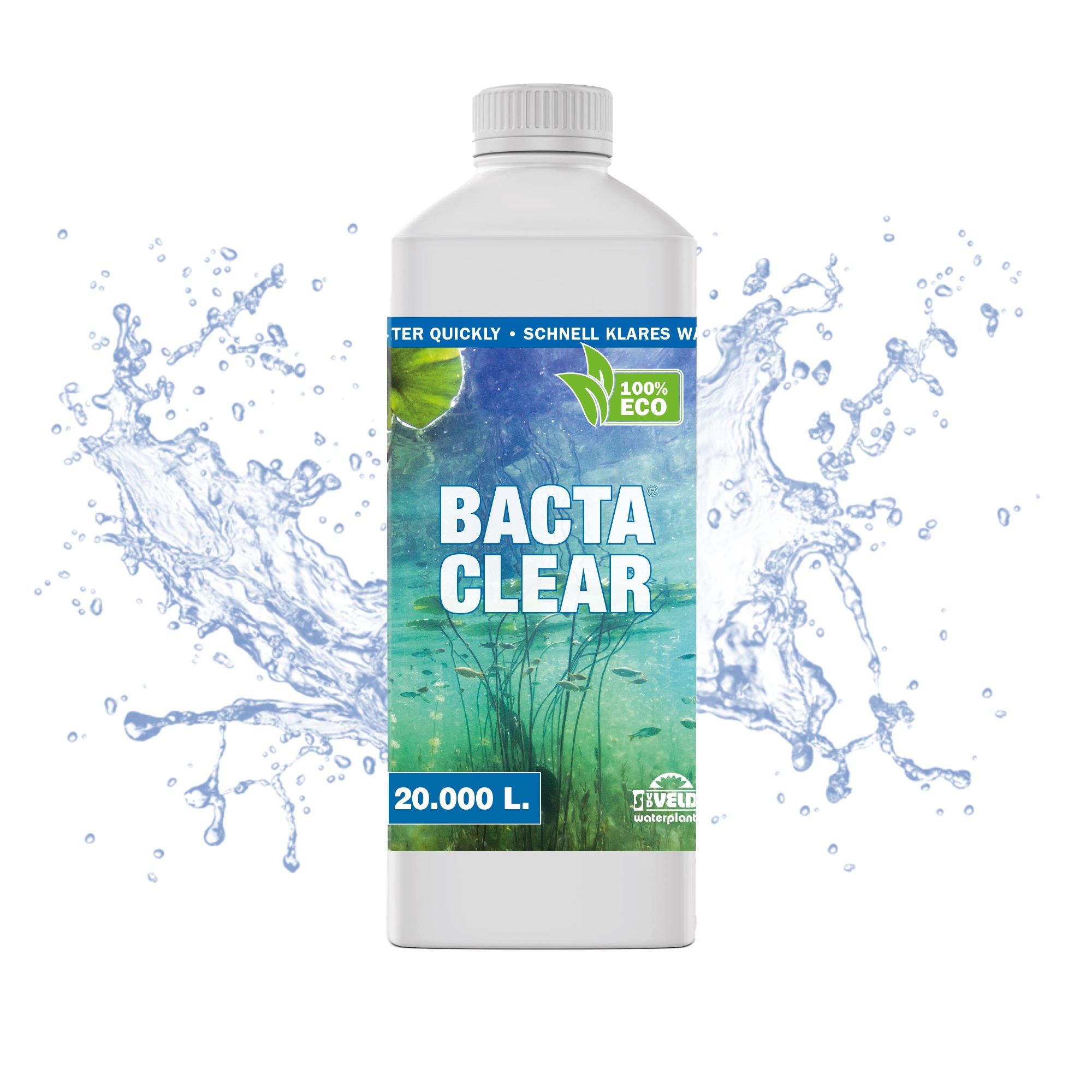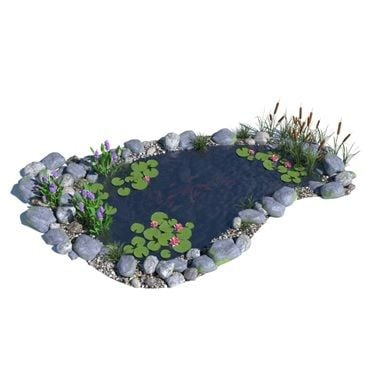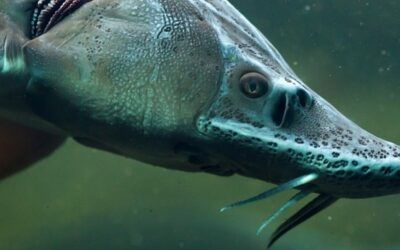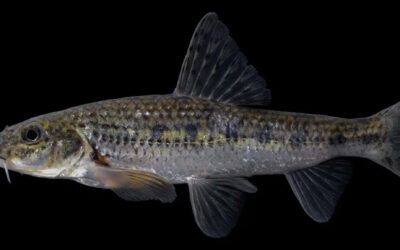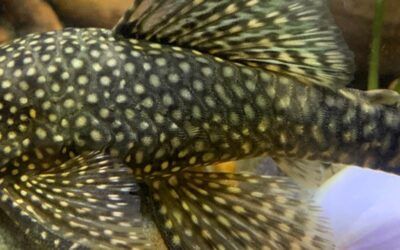
I hope you enjoy reading this blog.
Bitterns, Rhodeus amarus: Carp-like fish
Bittern, Rhodeus amarus, is a native freshwater fish with unique breeding behavior in that it lays its eggs in freshwater mussels.
All about the Bittern
The bitterling (Rutilus rutilus) is an intriguing freshwater fish best known for its unique breeding habits and presence in the waters of Europe. Chub are relatively small fish, usually ranging in size from 7 to 12 cm, although some larger specimens can reach up to 15 cm. They have a slender body with silvery scales and can have a green or bronze-like hue, depending on their habitat. Males turn bright red on their undersides during the spawning season, which is a spectacular sight. Bitterns prefer still or slow-flowing waters with lots of vegetation. They are often found in ponds, lakes and slow rivers. They are native to Europe and are found from western Europe to the Ural Mountains in Russia. Bitterns are omnivores and eat a mixture of small aquatic insects, worms, algae and plant material. One of the most fascinating aspects of the bitterling is their breeding behavior. Female bitterlings lay their eggs in the gills of freshwater mussels. Once the eggs are laid, the male pulls the female away and fertilizes the eggs. The larvae remain in the mussel until they have developed into young fish and then leave the mussel.

Tips, advice and substantial savings
How does the reproduction of the bitterling occur?
The reproduction of the chub is remarkable because this fish species depends on freshwater mussels for reproduction. Between April and September, females lay their eggs in the gill cavity of a live freshwater mussel. This mussel then closes its shell to protect the eggs from predators and environmental factors. The mussel also provides a good environment for the eggs to develop. The larvae remain in the mussel until they are about 1 centimeter in size and fully developed. Then the young chub emerge from the shell of the mussel and swim away to further develop and grow up in the waters.
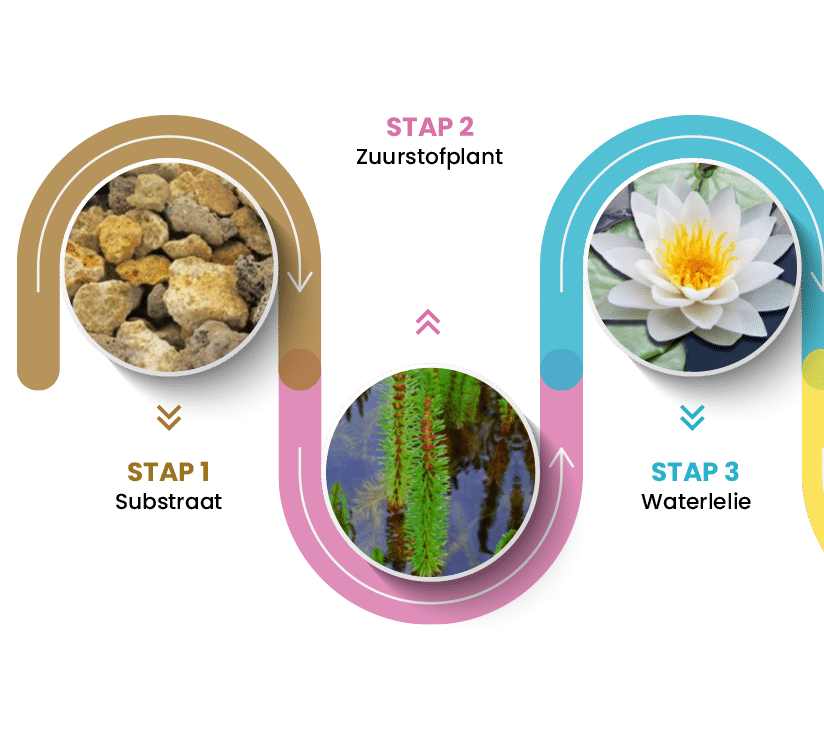
Want a naturally clear pond?
A beautiful pond is easier than you think.
The ideal pond for the Bittern in the Netherlands
For bitterlings, as with all fish, it is important to create a pond that mimics their natural habitat as closely as possible to keep them healthy and happy. Here are some features and considerations for creating the ideal pond for bitterlings:
- Pond Size: Although bitterlings can adapt to different pond sizes, it is advisable to have a medium to large pond so that they have enough room to swim and reproduce.
- Water Quality: Bitterns need clear water that is not too acidic or alkaline. A pH between 6.5 and 8 is ideal. Regular monitoring and adjustment of water quality are essential.
- Different types of aquatic plants: Plant different types of aquatic plants to provide hiding places and to oxygenate the water. Plants such as hornwort, pondweed and water lilies are good choices.
- Sunlight and Shade: While bitterlings love sunlight, it is also important to have shaded areas in the pond so the fish can take shelter on warmer days. This can be achieved with overhanging plants or aquatic plants with large leaves such as water lilies.
- Freshwater mussels: Given the unique breeding relationship between bitterlings and freshwater mussels, it is a good idea to introduce some of these mussels into the pond. This provides a natural place for the bitterlings to reproduce.
- Depth: Provide varying depths in the pond so fish can move around depending on water temperature. Deeper sections also provide protection from predators and extreme weather conditions.
All in all, make sure your pond is set up correctly so the pond is a safe place for the Chub, where the pond fish feel at home.
How does a Chub overwinter in the pond?
The chub, like many other fish in temperate climates, has adapted behaviors and physiology to survive the winter months. Here is how a bitterling overwinters in a pond:
- Reduced Activity: With decreasing temperatures, the chub significantly reduces its activity. They become less active and their metabolism slows down. This reduced activity helps them conserve energy during the colder months when food may be scarcer.
- Deeper Water Layers: Chub seek out deeper parts of the pond, where the water temperature remains relatively stable and cools less quickly than at the surface. By moving into the deeper water layers, they also avoid the risk of freezing if the surface of the pond forms ice.
- Limited Food Intake: During the winter months, their food intake decreases dramatically. Due to their slowed metabolism, they require less food.
- Shelters: In a well-designed pond with adequate vegetation and hiding places, chub can hide from predators, especially during their inactive periods.
- Breathing: Although oxygen levels in water may decrease when ice is covered (because the ice prevents gas exchange with the atmosphere), due to their adapted metabolism and reduced activity, bitterlings require less oxygen. Nevertheless, it is important to keep part of the pond ice-free to ensure proper oxygen exchange.
If you have roaches in a pond and you live in an area where ponds can freeze, it is essential to take measures to ensure that the pond does not completely freeze over. This can be done by using an air pump or a pond heater, for example.
As long as the pond is properly maintained and the fish have sufficient space and depth to endure the winter, roaches will generally survive the cold months with no problems.
What do bitter roaches eat?
Bitterns have a unique diet among native freshwater fish; they feed primarily on vegetable plankton. With their relatively long gut, they are adapted to graze algae from rocks. Although they focus primarily on plant material, they also consume occasional animal foods such as flea lobsters, insect larvae, snails and worms.
Where is the bitterling found?
The bitterling is found in freshwater bodies of water, both with slow currents and stationary. They inhabit polder ditches, canals, ponds and pools, but can also be found along the shores of lakes and in plant-rich rivers and streams with faster currents.
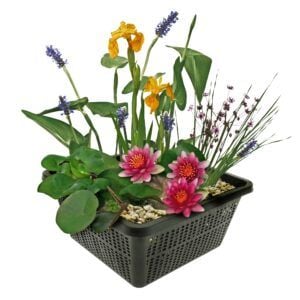

Simon van der Velde
Pond specialist and aquatic plant grower since 1986

Want to receive the best pond tips all year long, complete with exclusive promotions?
Simons Pond Advice Book
- Choose your language of the book
- Complete pond handbook
- 100+ pages from construction to maintenance
Loose Oxygen Plants Set
- For 500 - 1,000 liters of water
- 16 plants
- Placement: loose in the water
BACTA CLEAR
- For 1,000 to 20,000 L
- 100% eco: clear water fast
- Safe for humans, plants & animals
White Water Lily - Nymphaea Albatross
- Large water lily
- Full-grown height: 10 cm
- Placement: -10 to -100 cm
Complete Pond Package - S - Red
- For 100 - 500 L
- 4 groups of aquatic plants
- Placement: -1 to -100 cm
POND SUBSTRATE Pond substrate - 40 liters
- 40 L covers 1 m² ↥ 10 cm
- Heavy duty quality for the best filtration
- Extra porous: optimal plant growth
Mini Water Lily - Red - Nymphaea Pygmaea Rubra
- Small water lily
- Full-grown height: 5 cm
- Placement: -10 to -40 cm
Complete Pond Package - M - White
- For 500 - 1,500 L
- 4 groups of aquatic plants
- Placement: -1 to -100 cm
Complete Plant Filter Pond Package - M
- For 3 - 4 m²
- 84 plants
- Placement: -1 to -20 cm


